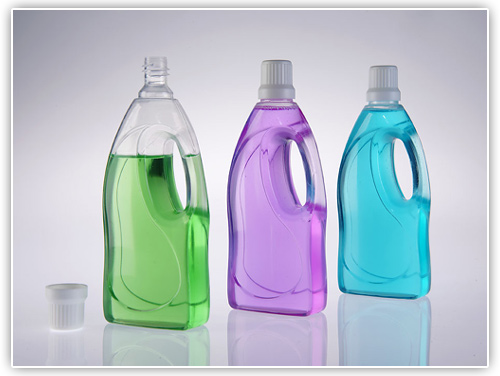- +92-321-3500003
- info@asianpolymer.com
- 34 KM Khori Stop Main GT Road Muridke
The process of blow molding involves melting plastic pellets and extruding it through a die, forming a round hollow tube called a parison. Once the parison reaches the correct length, the mold is closed around the parison and air is injected into the tube forcing the pl
Types Of Blow Molding Offeredastic to the interior walls of the mold while cooling and forming the plastic part. Charloma offers polypropylene and HDPE blow molding.
Polypropylene Blow Molding
With excellent moisture barrier along with heat temperature and chemical Resistant properties, Charloma offers specialized polypropylene blow molding in quick prototype form or long/short-run production. Appli-cations range from food containers to plastic bottles.
HDPE Blow Molding
HDPE's impressive resistance to cracking, stiffness and ability to withstand high temperatures makes it a popular choice for blow molding capabilities, lending itself ideal for numerous applications such as water tanks and industrial containers.
Blow Molding Applications
The most common plastic parts made with the blow molding process are bottles. Some parts can be con-verted from rotational molding to blow molding. Charloma currently has two blow molding machines with 15 lb shot weight capabilities. Common applications of blow molding include: duct work, fuel tanks, water tanks, overflow bottles, and recycle bins.


© 2023 Asian Polymer Industries. All Rights Reserved | Design by WebOjoSoft